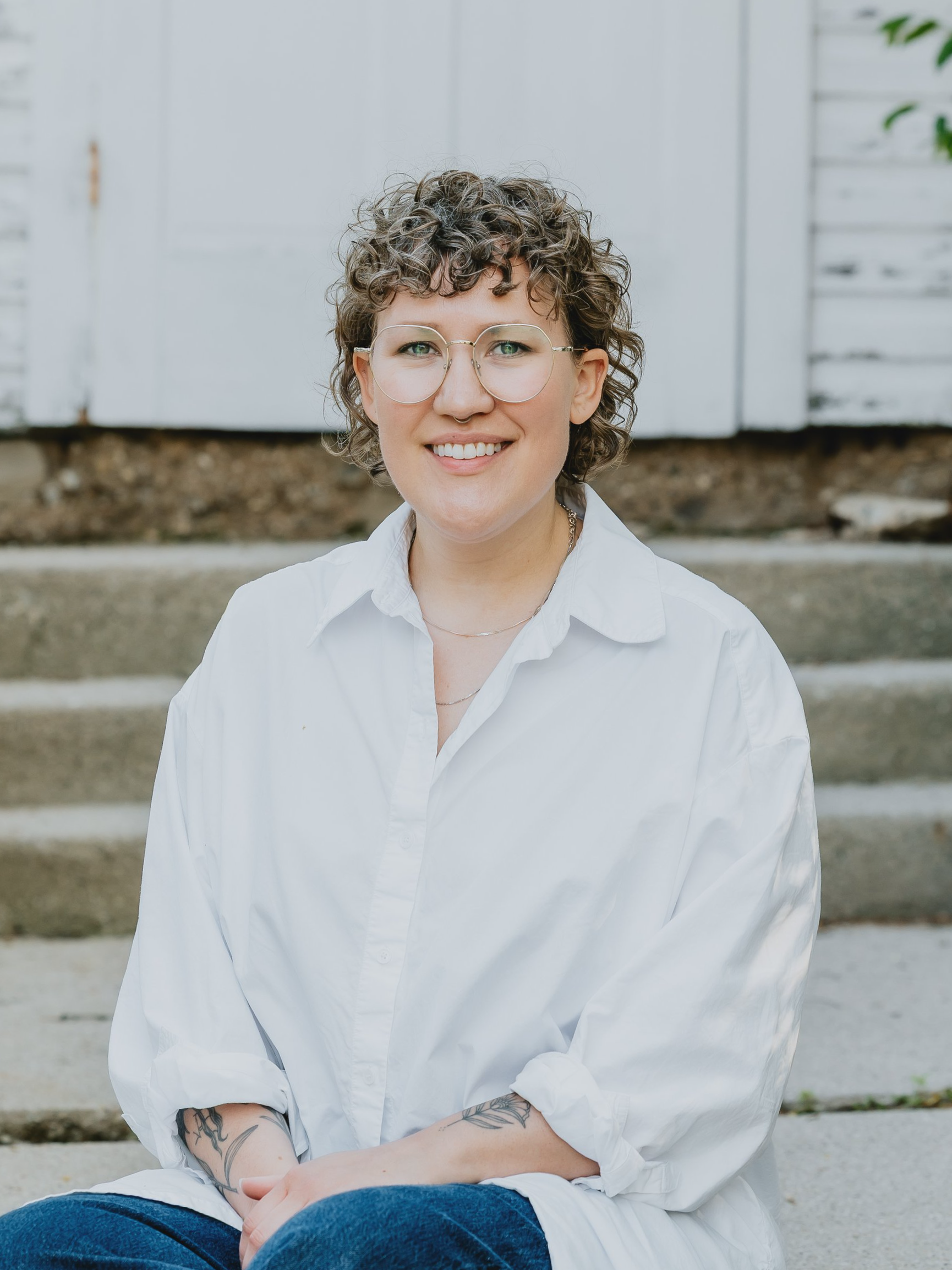Our Bodies Notice: How National Trauma Impacts Emotional Health
Written by Deanna Becker, ATR, LPC, CCTP
Many people are feeling it right now: the exhaustion, the anxiety, the heaviness that seems to sit just beneath the surface. It’s not just personal stress; it’s the body responding to collective pain.
As a nation, we’ve been living through repeated cycles of crisis, loss, and uncertainty. News of violence, injustice, or political division reaches us faster than we can process it. Even when we try to look away, our nervous systems are still taking it in. Over time, this constant state of alert becomes more than just emotional fatigue, it’s a form of collective trauma.
What is Collective trama?
Collective or national trauma occurs when distressing events affect large groups of people at once such as mass violence, pandemics, social unrest, or systemic oppression. Unlike individual trauma, it doesn’t just live in one person’s story; it lives in the culture, the body of a community, and even across generations.
Because humans are wired for connection, we feel one another’s pain. When our communities are grieving or fearful, our bodies sense that, too. It’s part of how our nervous systems are designed. To stay attuned to safety, belonging, and the signals around us.
The problem is that our systems were never meant to be in a constant state of exposure. The endless flow of distressing news, uncertainty about the future, and visible conflict all communicate “danger” to our bodies. Our survival responses (fight, flight, freeze, or fawn) can become chronically activated, even when the threat isn’t directly in front of us.
The Nervous system’s response
Our nervous systems don’t differentiate between “personal” and “collective” danger. They simply register cues of threat or safety. When the environment around us feels unsafe or unpredictable, we may notice symptoms of dysregulation:
Feeling on edge, anxious, or hypervigilant
Difficulty sleeping or relaxing
Emotional numbness or disconnection
Heightened irritability or hopelessness
A sense of exhaustion that rest doesn’t fix
This collective dysregulation can ripple through families, workplaces, and communities. We might find ourselves less patient, more easily activated, or struggling to stay compassionate. Relationships can feel strained not because we’ve stopped caring, but because our bodies are overtaxed.
The Emotional Impact
When we live in a culture that feels unsafe, we start to lose access to the very things that keep us grounded: empathy, creativity, and curiosity. Our focus narrows to survival. We scroll, we numb, we argue, or we shut down. It’s not a moral failing, it’s biology.
Collective trauma also challenges our sense of trust. It can make the world feel fragmented and unpredictable, which often leads to polarization and disconnection. Healing, then, must include more than just individual work. It calls for community, compassion, and collective regulation.
Pathways to Regulation and Healing
Healing collective trauma begins with noticing. Pausing long enough to sense what your body is carrying right now. Do you feel tension in your chest when you read the news? A lump in your throat when you think about the state of the world? Awareness is the first step toward regulation.
From there, we can begin to create small, embodied experiences of safety and connection:
Movement: Gentle stretching, walking, dancing, or shaking can help the body discharge stored activation. Movement tells your system, “I’m here, and I’m safe enough to move.”
Breathwork: Slow, intentional breathing activates the vagus nerve, signaling to the body that it’s safe to rest and digest again.
Creativity: Art-making, writing, music, or other creative practices help give shape to what words can’t hold. They reconnect us to expression, agency, and meaning.
Boundaries with media: It’s okay (and necessary) to limit how often you check the news or social media. Our systems need breaks from constant stimulation to restore balance.
Community care: Co-regulation happens when we’re in safe connection with others through shared meals, laughter, art groups, or honest conversation. Healing rarely happens in isolation.
Nature and sensory grounding: Time outdoors, noticing texture, color, temperature, and sound can anchor the body in the present moment, helping reorient to safety.
These aren’t quick fixes; they’re ways of tending to the body so it can begin to feel safe again. Each regulated nervous system contributes to a more regulated community.
The Power of Embodied Healing
We recognize that healing doesn’t just happen through talking, it happens through experiencing. When we engage the body in the process, we create opportunities for integration. A painting, a deep breath, or a mindful movement can reconnect us with the parts of ourselves that trauma tries to silence.
Our nervous systems learn safety not from logic, but from lived experience. Each time we allow ourselves to slow down, to express, or to connect, we’re sending new messages of safety to the body. These small acts are profound; they’re how we begin to repair what collective trauma has fractured.
A Collective Exhale
We’re living in a time when the world feels unsteady, and that takes a toll on everyone’s mental health. But just as trauma is collective, so is healing. When one person chooses to regulate, to create, to connect, it ripples outward.
So today, notice your breath. Feel your feet on the ground. Let your body exhale. Healing the nervous system isn’t just personal work, it’s community work. And together, one regulated moment at a time, we can begin to restore a sense of safety, compassion, and hope.
Deanna Becker, ATR, LPC, CCTP
is a therapist at Blue Pines Counseling, Holistic Arts Studio in Cedarburg, Wisconsin. She is a registered art therapist, licensed professional counselor, and clinically certified trauma professional. If you are interested in learning more about Deanna and her approach feel free to visit her Bio page.





